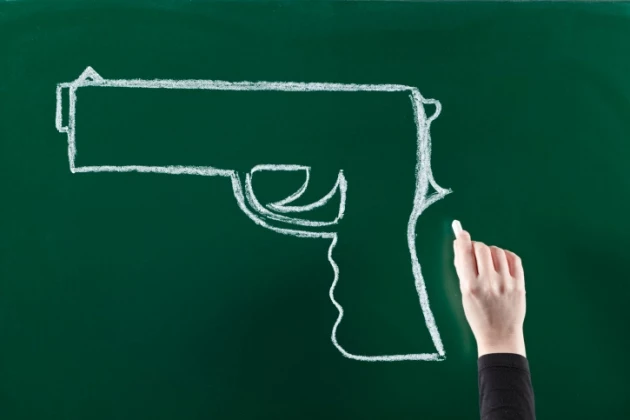

1. I’m not sure if I this is the right place to talk about my situation. Should I call the help line?
If you have any concerns about unwanted sexual attention or experiences, absolutely call the help line. Even if you aren’t sure if what happened to you would be considered “sexual violence” — call us. If we’re not the best resource for what you are personally experiencing, we can help point you in the right direction. Sexual violence can be hard to talk about and nobody should have to sit alone in an uncertain situation. People can call our help line anytime, immediately after experiencing trauma or even years later. We provide support and resources for survivors, their loved ones, and professionals who support them.
2. I don’t know who I’m talking to. Who is on the other end of the line?
The folks who answer our help line are known as Companions. They have had extensive training on sexual assault, crisis counseling, and community resources so that they can provide a safe space to listen compassionately and confidentially to your concerns and to offer referrals for further assistance.
3. I don’t know what to expect. What happens when I call the help line number? Continue reading 7 FAQs about calling the OCRCC 24-Hour Help Line











